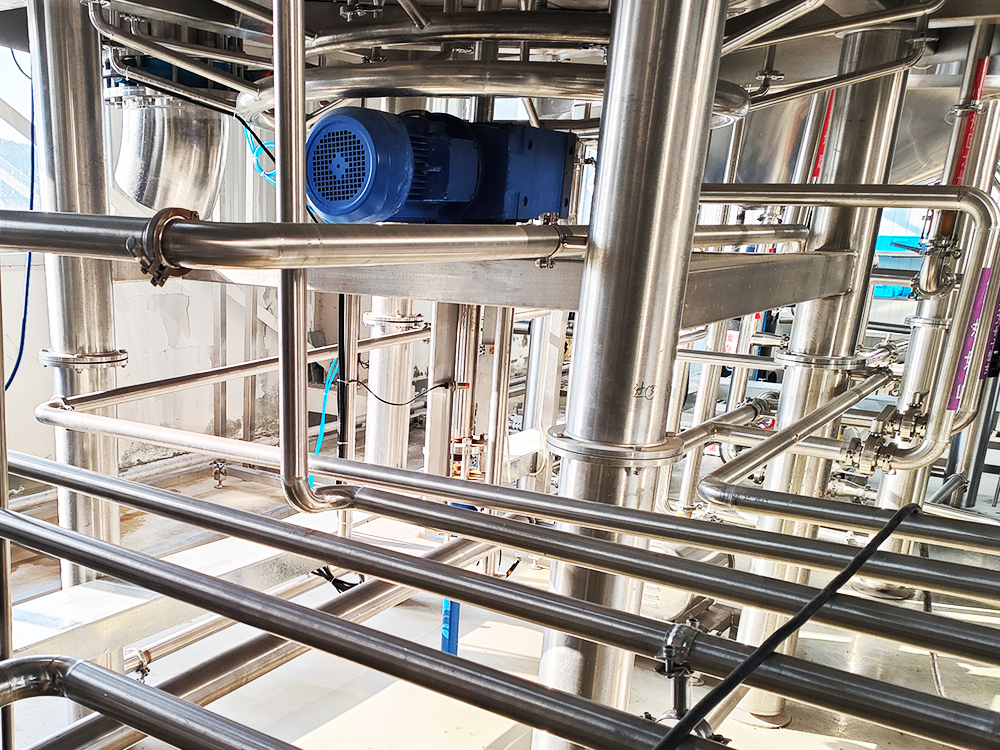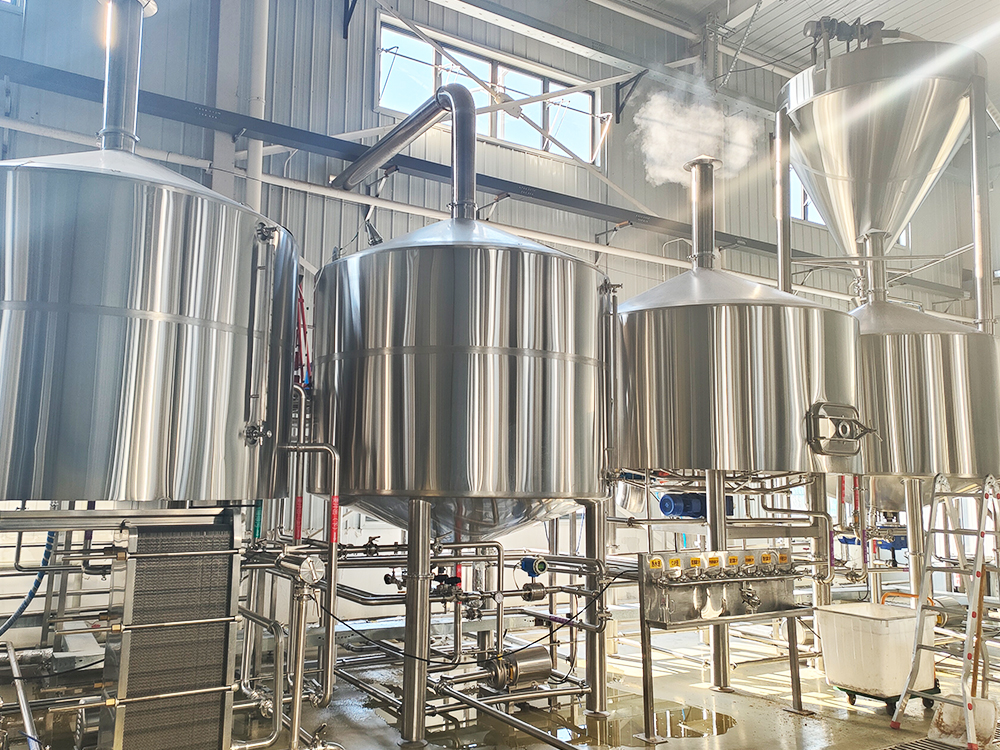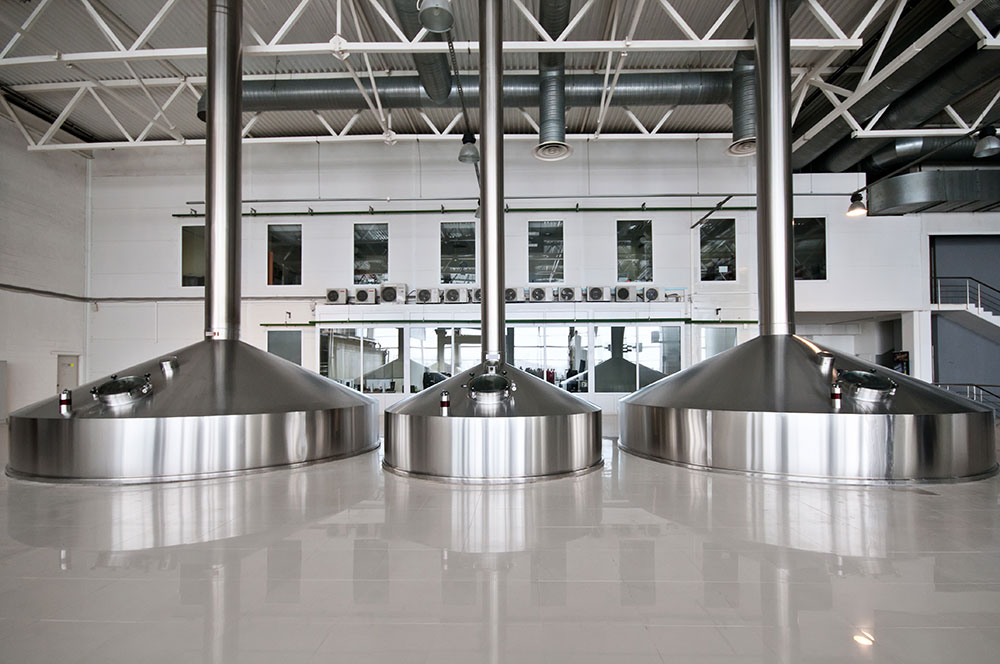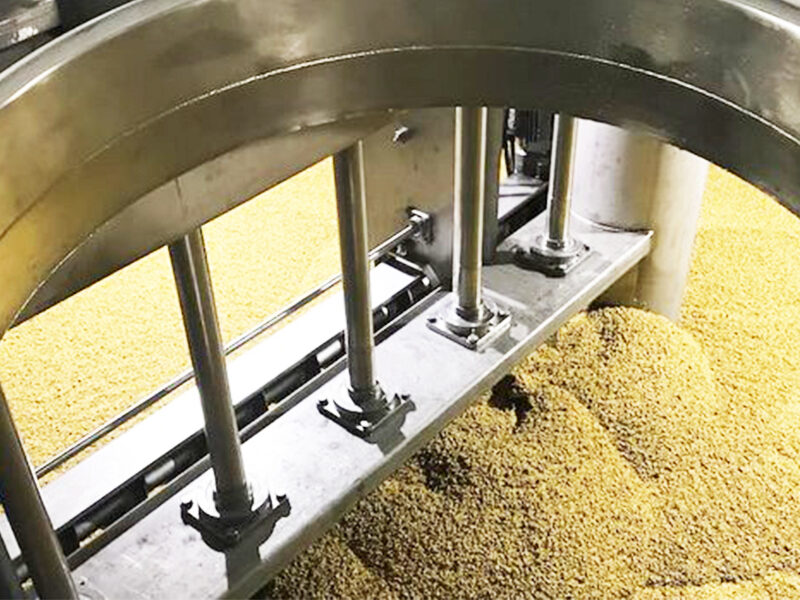Saccharification, the core step of beer brewing, is a key link in the brewing process. In the field of beer, we have to mention two methods of saccharification: leaching saccharification and boiling saccharification. Today, the Tiantai editor will analyze the uniqueness of leaching saccharification and boiling saccharification, as well as whether auxiliary materials can be added during the saccharification and brewing process and the brewing batch issues involved, to help you make a more accurate and appropriate choice based on the actual needs of your own brewery.
Leaching saccharification method: a simple and efficient choice
The leaching saccharification method only needs a saccharification pot to get it done, the equipment investment and land occupation are not large, and the operation is also simple. It relies on the help of enzymes, and the saccharification mash completes the saccharification process without boiling, which is suitable for friends who pursue high efficiency and low cost. Moreover, although it is a bit picky about the quality of malt, it can also add auxiliary materials, such as rice flour, corn, and even sorghum and syrup, so that it can maximize cost-effectiveness while maintaining quality. However, it is slightly inferior in raw material utilization, which is about 95% or more, and is suitable for most small or medium-sized breweries.

Decoction saccharification: a complex but flexible choice
If you are looking for a layered and mellow beer, then decoction saccharification may be more suitable for you. Although this method requires two or more saccharification equipment, occupies a large area, and has a high initial investment, it can handle malts of varying quality and has good flexibility. Through batch heating and mixing, we can accurately control the various temperature stages in the saccharification process, so that the sugar and non-sugar components in the wort are more balanced, and the middle molecular products of protein and dextrin are rich, which is particularly suitable for brewing bottom-fermented beers with a mellow taste and rich foam, whether it is light or dark beer. Although the operation is complicated, time-consuming, and energy-intensive, the raw material utilization rate of more than 98% and the unique wort characteristics make it the choice of many high-quality beer manufacturers.
Considerations for adding auxiliary materials and brewing batches
Speaking of auxiliary materials, commonly used auxiliary materials include rice flour and corn, which are known for their high cost-effectiveness. You can get more sugar from them at the same price. In addition, sorghum and syrup can also be used as alternative auxiliary materials. Moreover, whether it is the leaching or boiling saccharification method, it can be added flexibly according to needs. As for brewing batches, for example, if you can run 6 to 7 batches per day based on 5,000 liters per batch, the annual output is between 10,000 KL and 12,000 KL. The key here lies in the saccharification method and equipment efficiency you choose. Reasonable planning can greatly increase production capacity.

In summary, the choice of saccharification method should take into account your process requirements, cost budget, and the beer style you want to present in the end. Whether you want to make a refreshing and light craft beer or pursue a deep and rich craft masterpiece, mastering the brewing skills and choosing the craft beer equipment provided by Tiantai can help your beer business.



